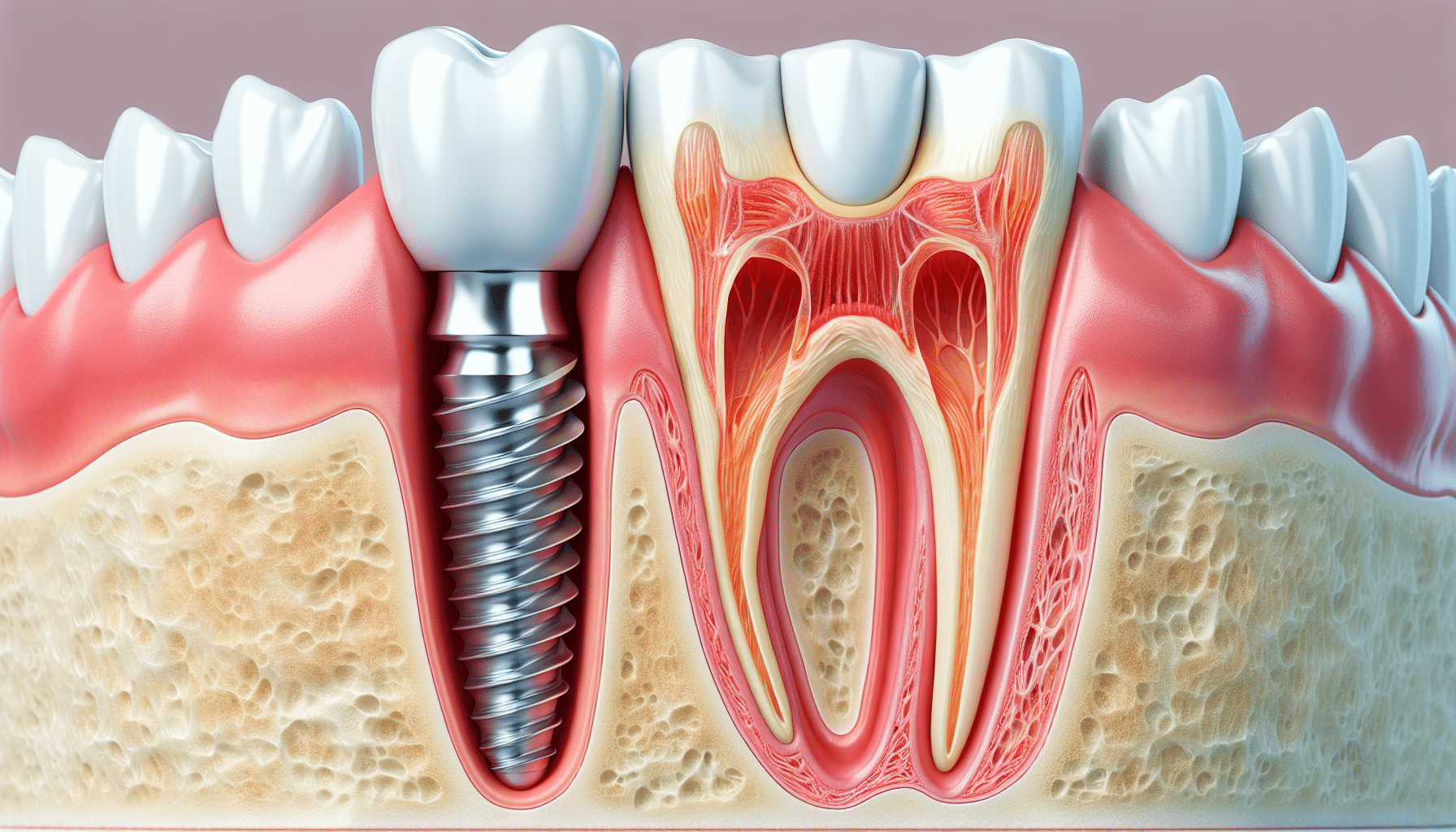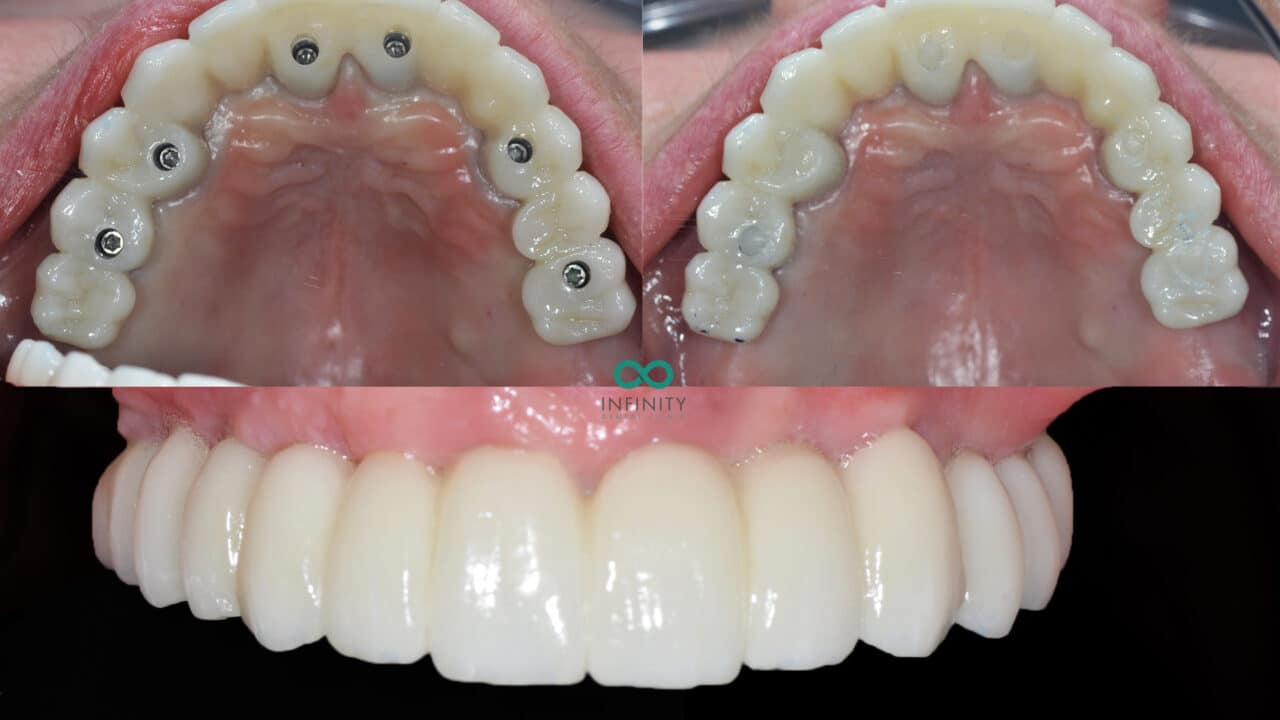3 Simple Techniques For Dental Sense
3 Simple Techniques For Dental Sense
Blog Article
More About Dental Sense
Table of ContentsThe Best Strategy To Use For Dental SenseOur Dental Sense PDFsThe Ultimate Guide To Dental SenseThe Dental Sense Statements
are clinical tools surgically dental implanted into the jaw to bring back a person's ability to chew or their look. They offer support for synthetic (phony) teeth, such as crowns, bridges, or dentures. When a tooth is shed due to injury or disease, an individual can experience difficulties such as quick bone loss, faulty speech, or changes to eating patterns that cause pain.Oral implant systems contain an oral implant body and oral implant joint and might additionally include an abutment fixation screw. Dental implants. The dental implant body is operatively inserted in the jawbone in place of the tooth's origin. The dental implant abutment is generally connected to the implant body by the abutment fixation screw and extends via gum tissues into the mouth to sustain the connected man-made teeth
(https://hearthis.at/matthew-music/set/dental-sense/)Structure of The Dental Implant System picking dental implants, speak with your dental provider concerning the prospective benefits and dangers, and whether you are a prospect for the treatment. Things to think about: Your general health is an essential variable in identifying whether you are a great candidate for oral implants, for how long it will certainly require to heal, and how long the dental implant might remain in place.
Smoking might influence the recovery procedure and reduce the long-term success of the implant. The recovery procedure for the dental implant body may take several months or longer, throughout which time you commonly have a short-lived joint in area of the tooth. the dental implant procedure: Meticulously adhere to the dental health instructions provided to you by your dental service provider.
The Best Guide To Dental Sense
Implant failing can result in the requirement for another operation to fix or change the implant system. Restores the ability to chew Recovers aesthetic look Assists keep the jawbone from shrinking because of bone loss Maintains the health of the bordering bone and gums Aids maintain nearby (neighboring) teeth steady Boosts lifestyle Damage to bordering all-natural teeth during dental implant positioning Injury to the surrounding tissues throughout surgical treatment, such as sinus opening Injury during surgical treatment (for instance, crack of surrounding jawbone) Insufficient feature, such as feeling like the teeth do not attack with each other generally A feeling that the tooth hangs or turning in position resulting from a joint screw loosening up Implant body failure (looseness of the implant body) as a result of systemic infection, which might be most likely in clients with uncontrolled diabetes because of regional infection in bone and periodontals sustaining the dental implant body due to postponed recovery, which might be more likely in individuals who smoke Trouble cleaning the gums around the implant, leading to poor oral hygiene Neglected gum condition Post-surgical feeling numb due to nerve impingement or damages Constantly alert healthcare providers and imaging specialists that you have oral implants prior to any magnetic vibration imaging (MRI) or x-ray procedures.
FDA is not familiar with any kind of unfavorable occasions reported for MRI or x-ray procedures with dental implants. Oral implants systems are commonly constructed from materials that follow worldwide consensus standards of the International Organization for Standardization (ISO) or ASTM International. These criteria have details of what makes a secure product.

A dental implant is a structure that replaces a missing tooth. With screw-like gadgets, the doctor inserts an implant into the jawbone, and it functions as an anchor for a synthetic tooth, called a crown. A device called an abutment links the synthetic tooth to the oral implant. The crown is custom-made to fit the person's mouth and match the shade of their my response teeth.
The Only Guide to Dental Sense
Some individuals are not qualified for oral implant surgical treatment. It is for dental surgeons to operate on people with: severe illnessuncontrollable metabolic diseasebone or soft cells disease or infectionIf these problems are settled, an individual can have the surgery. In, oral doctors avoid from operating on people with: If people with any of the above undergo oral implant surgical treatment, there is a higher danger of the implant falling short.

Oral implant surgery is an individualized process. It's not the same for every person. But the following gives a general overview of what you can expect your dental expert, dental specialist, periodontist or prosthodontist to do: Position the dental implant operatively. Offer you time to recover. Attach the article and last crown, bridge or denture.
Next, your specialist will thoroughly position the dental implant right into your jaw. Your surgeon will reposition your periodontals and close the laceration with stitches. If your implant is near the front of your mouth, your dentist will make a momentary tooth for you to put on until you heal. By doing this, you will not have a void in your smile while you recuperate.
Getting My Dental Sense To Work
Your company can tell you what to expect in your situation. Throughout the healing phase, your jawbone ought to fuse to the dental implant. This process, called osseointegration, is crucial for security and lasting success. This procedure can take anywhere from 3 to nine months. Sometimes, it may take longer.
When your implant heals, your dental expert can affix the joint (small port post) and your last remediation (crown, bridge or denture). This normally takes about one hour to finish and might need a second minor surgical treatment. You should not feel any kind of discomfort during your oral implant treatment since your copyright will use medicine to numb your gum tissues.
Report this page